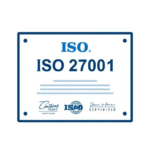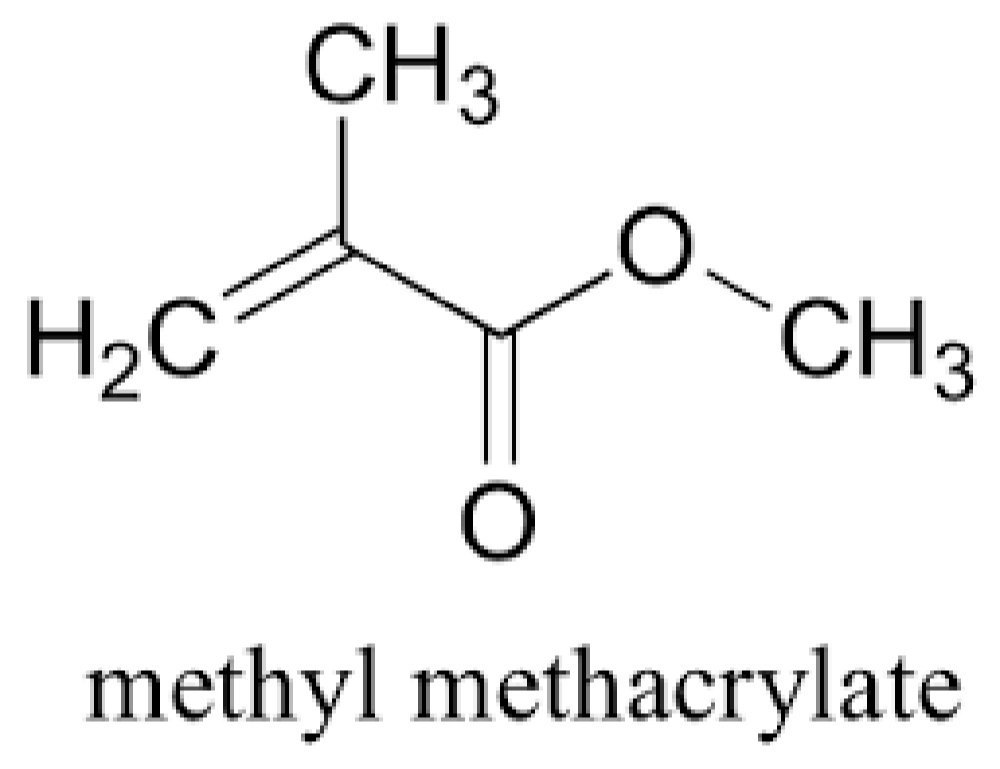The world of chemicals, though often unseen, plays a vital role in our daily lives. One such important chemical is Methyl Methacrylate, or MMA for short. You might not know its name, but you encounter products made with MMA all the time – from the clear acrylic sheets in your car’s headlights and the glossy paints on your walls, to adhesives, dental materials, and even the displays on your phone. Because it’s used in so many different things, the price of MMA is a pretty good indicator of how well various industries are doing globally. As we navigate through 2025, understanding what’s shaping MMA prices gives us a glimpse into the broader economic landscape.
The Big Picture: What’s Moving MMA Prices?
Think of MMA prices as a delicate balance. On one side, you have how much MMA is available, and on the other, how much people actually want to buy. When supply and demand are in sync, prices tend to be stable. But when one outweighs the other, things start to shift. In 2025, several key factors are playing a significant role in this intricate dance.
One of the most immediate influences on MMA prices is the cost of its building blocks, known as feedstocks. MMA is largely derived from petrochemicals, which means that the price of crude oil has a direct impact. When crude oil prices go up, it usually costs more to make MMA, and those increased costs often get passed on to buyers. Conversely, if crude oil prices dip, we might see a softening in MMA prices. Looking at recent trends in 2025, there have been some interesting movements in crude oil prices, with some analysts suggesting a potential average around $65-$70 per barrel. If these lower crude prices hold, it could offer some relief to MMA producers and, potentially, to downstream industries. However, geopolitical events and global economic policies can quickly change this outlook, adding an element of uncertainty.
Beyond raw materials, the overall health of key industries is a major driver of MMA demand. The construction sector, for instance, uses a lot of MMA in things like paints, coatings, adhesives, and acrylic sheets for windows and facades. When construction activity is booming, especially with urbanization and infrastructure development in emerging economies, the demand for MMA naturally goes up. Similarly, the automotive industry relies on MMA for lightweight parts, interior and exterior components, and advanced coatings. As car manufacturing ramps up, particularly with the growing emphasis on electric vehicles and their innovative material needs, so does the appetite for MMA. The electronics sector, too, contributes significantly, using MMA in display screens and protective panels. So, if these industries are thriving, MMA prices tend to find support.
Book a Demo for a real-time, data-driven insights: https://www.price-watch.ai/book-a-demo/
Supply and Demand Dynamics: A Shifting Landscape
The global MMA market in 2025 is seeing some fascinating shifts on the supply side. Traditionally, a few large players dominate the market, and their production decisions have a big impact. We’ve seen some strategic moves by major producers recently. For example, some companies are restructuring their operations, shutting down older, less efficient plants in one region while bringing new, more advanced facilities online elsewhere. This isn’t just about shuffling production; it’s often driven by a desire for greater efficiency, lower environmental impact, and better alignment with regional demand.
A notable development in 2025 is the commencement of new MMA plant operations, particularly with newer, more environmentally friendly technologies. One such example is Röhm’s new plant in Bay City, Texas, which uses a C2-based LiMA technology. This kind of innovation promises higher yields, reduced energy consumption, and a smaller environmental footprint, which is good news for sustainability goals and, in the long run, could impact production costs. However, even with new capacity coming online, the global picture is complex. Some reports indicate an ongoing oversupply in Asia, which could put downward pressure on prices in that region and potentially influence global trade flows. This regional imbalance means that MMA prices can vary quite a bit from one part of the world to another, depending on local production capacities and demand.
Mergers and acquisitions in the chemical industry also play a role, as companies look to consolidate their positions and achieve economies of scale. These strategic moves can lead to shifts in production allocation and overall market stability.
The Indian Perspective: Growth and Opportunities
From an Indian standpoint, the Methyl Methacrylate market is showing robust growth, with projections indicating a healthy expansion in the coming years. India’s burgeoning construction sector, fueled by rapid urbanization and significant government investments in infrastructure, is a primary driver of MMA demand. Acrylic materials are becoming increasingly popular in modern architecture, from residential buildings to commercial spaces, and this directly translates to a greater need for MMA.
The automotive industry in India is also a key consumer. As vehicle manufacturers focus on producing lighter, more fuel-efficient cars, and as the electric vehicle segment expands, the demand for MMA in automotive glazing, coatings, and interior components is on the rise. Additionally, the electronics and signage industries continue to absorb significant quantities of MMA for various applications.
While the overall outlook for MMA demand in India remains positive, the local market isn’t immune to global influences. Fluctuations in international crude oil prices and the dynamics of global supply and demand will invariably have an impact on landed costs and, consequently, on domestic MMA prices. Indian manufacturers and consumers will be closely watching these global trends to anticipate price movements.
Looking Ahead: A Dynamic Market
In essence, the Methyl Methacrylate market in 2025 is a dynamic one, influenced by a confluence of factors. The cost of raw materials, largely tied to crude oil prices, forms the foundational layer of pricing. Overlaying this are the ever-changing demands from diverse end-use industries like construction, automotive, and electronics. On the supply side, strategic capacity adjustments by major global players, coupled with the introduction of new, more efficient production technologies, are reshaping the landscape.
While there might be some regional variations and periods of volatility, the general trajectory for MMA demand remains positive, driven by continued industrial growth and innovation in various sectors. For businesses that rely on MMA, staying informed about these interconnected factors will be crucial for navigating the market effectively and planning for the future. The story of MMA prices in 2025 is really a story of global interconnectedness, where a shift in one part of the world can ripple across industries and economies.
- Methyl Methacrylate Prices in 2025: An Overview
- Methyl methacrylate (MMA) is a clear, colorless liquid that is widely used in the production of acrylic plastics, paints, adhesives, and coatings. As we move through 2025, understanding the factors influencing MMA prices is essential for industries and consumers who rely on this versatile compound.
- Methyl Methacrylate, Methyl Methacrylate Prices, Methyl Methacrylate Price trend,
Related posts:
 How UAE Fitout Experts Are Elevating Luxury Brand Spaces in 2025
How UAE Fitout Experts Are Elevating Luxury Brand Spaces in 2025
 Sp5der Hoodie: Comfort, Fit, and Real-World Functionality Redefined
Sp5der Hoodie: Comfort, Fit, and Real-World Functionality Redefined
 Discover the Best Full Body Massage Experience in Lancaster, PA with Focused Care Therapeutic Massage
Discover the Best Full Body Massage Experience in Lancaster, PA with Focused Care Therapeutic Massage
 ISO 27001 Training: A Real-World Lifeline to Reduce the Risk of Data Breaches
ISO 27001 Training: A Real-World Lifeline to Reduce the Risk of Data Breaches
 How Instagram Stories Help Businesses: A 2025 gerat Guide ..
How Instagram Stories Help Businesses: A 2025 gerat Guide ..
 “GV GALLERY® || TheGv Gallery Shop || Official Clothing Store “
“GV GALLERY® || TheGv Gallery Shop || Official Clothing Store “
 Don’t Miss Out on today’s Best Sale Offer with Huge Discounts!
Don’t Miss Out on today’s Best Sale Offer with Huge Discounts!
 Why Smart Entrepreneurs Trust a Certified Tax and Business Advisor Over DIY Tax Tools
Why Smart Entrepreneurs Trust a Certified Tax and Business Advisor Over DIY Tax Tools






